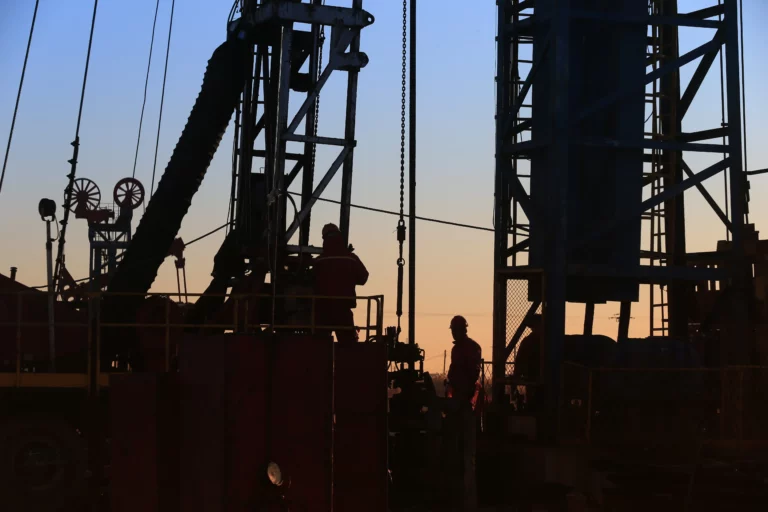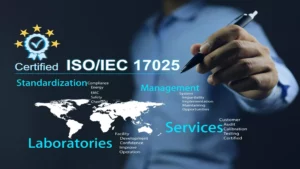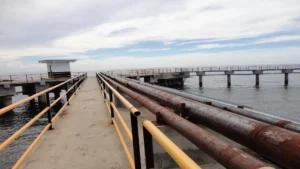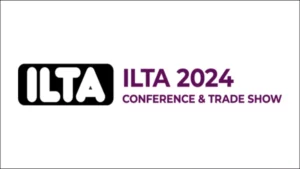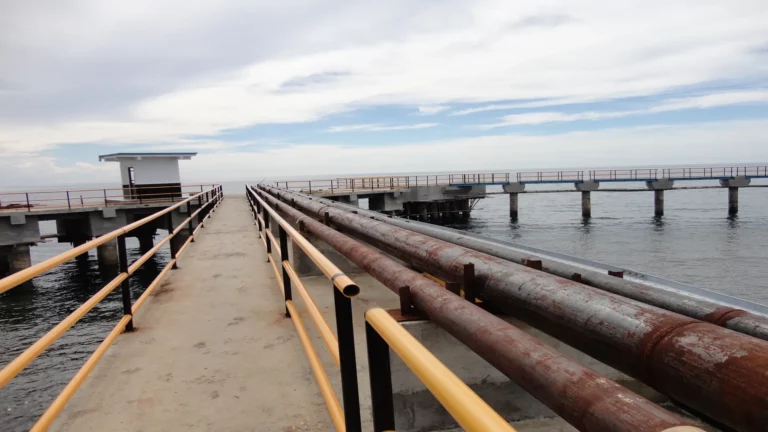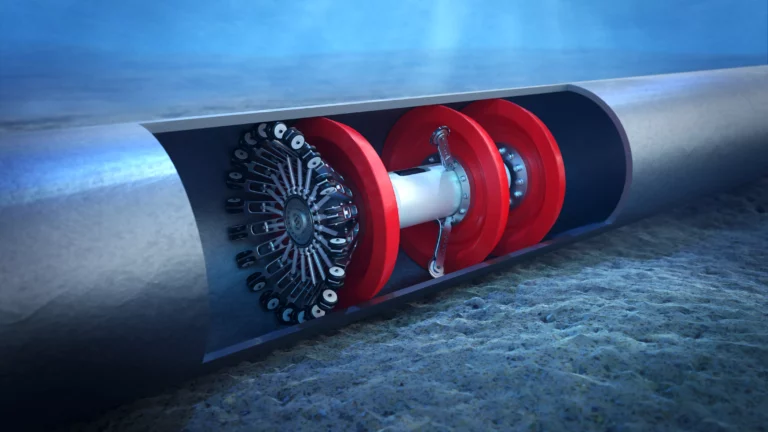Introduction
The upstream oil and gas sector faces constant challenges to ensure the safety, reliability and efficiency of its assets. Zero-based inspection emerges as a fundamental strategy to address these challenges, allowing for a thorough assessment of assets at an early stage without relying on background information. This article explores in detail the essential aspects of zero-based inspection, from asset evaluation to planning and recording initial inspections.
What does upstream mean in the oil industry?
The upstream sector, also known as “upstream”, is the first stage in the oil industry process chain. It focuses on the exploration and production of oil and natural gas in oil fields through geological studies to identify potential reservoirs, drilling of wells, extraction and storage, as well as initial primary operational processing.
Zero-based inspection: Definition and context
Zero-based inspection is defined as a comprehensive approach that involves evaluating assets without relying on previous records. Rather than relying on past inspection histories, this method addresses the need to evaluate assets at an early stage.
Importance of zero-based inspection in the upstream sector
The importance of the zero-based inspection lies in its ability to provide an accurate and objective assessment of assets in their early stages. It allows identifying potential problems proactively, reducing the risk of operational failures and improving safety. In addition, by dispensing with historical data, the zero-based inspection adapts to situations where historical data is not available, ensuring a more comprehensive approach to asset management.
Evaluation of upstream assets
Upstream asset evaluation is a key component of the zero-based inspection. It involves a thorough review of the physical condition, structural integrity and regulatory compliance of the assets. This process is performed using advanced inspection technologies, such as direct and indirect visual inspections, non-destructive testing and real-time monitoring. The information gathered during the evaluation serves as a basis for decision making in the planning of subsequent inspections:
- Zero-based inspection planning: Zero-based inspection planning is a critical step in the process, where strategies and methods for conducting initial inspections are established. Factors such as inspection frequency, technologies to be used and acceptance criteria are considered. Planning must be flexible and adapted to the specific nature of the assets and operating conditions. The implementation of a sound plan ensures effectiveness and efficiency in asset management.
- Initial walk-through inspection: The initial walk-through inspection involves the initiation of the zero-based inspection process. Detailed evaluations are carried out using the methods and technologies defined in the planning. This phase is crucial to identify possible defects, wear and tear or irregularities that may affect the integrity and performance of the assets.
- Initial inspection record: The information gathered during the previous step is used to establish an initial inspection record. This record documents the findings and results of the zero-based inspection. This record provides a valuable reference for future inspections, allowing tracking of changes in asset condition and the effectiveness of corrective actions. In addition, it serves as an essential resource for long-term asset management decisions.
Zero-based inspection project
The development of an implementation project for a zero-based inspection in upstream assets has the same characteristics of a project of this type for midstream and downstream. This project involves the following steps for its implementation, taking into consideration that this is a general scheme and that each project may have specific requirements.
Planning
- Identification of objectives: Clearly define the objectives of the inspection. They may include identification of potential risks, condition of facilities, safety, regulatory compliance, among others. It should be considered as an Initial Phase Asset Inspection and inspection without previous history.
- Project Scope: Determines which facilities in the area will be included in the inspection and what specific aspects will be evaluated.
Training and resources
- Team training: Ensure that personnel assigned to the inspection are properly trained in safety, procedures and technical knowledge.
- Resources required: Ensures that the necessary equipment and tools are available to carry out the inspection in a safe and efficient manner.
Risk assessment
- Risk identification: Performs a detailed assessment of potential risks associated with upstream facilities.
- Development of mitigation strategies: Design strategies to reduce or eliminate identified risks.
Site preparation
- Site Safety: Implement safety measures prior to the start of the inspection to protect personnel and facilities.
- Access to documentation: Make sure that you have access to drawings, safety documents and any other relevant information as far as possible before starting the inspection.
Field inspection
- Detailed record: Thoroughly documents the current status of each component and installation.
- Use of technology: Use tools such as drones, inspection cameras, and other technological devices to obtain a more complete view.
Data analysis
- Data processing: Analyzes the information collected and determines the overall condition of the facility.
- Identification of critical areas: Prioritizes areas requiring immediate or future attention.
Inspection report
- Documentation: Prepare a comprehensive report including all findings, recommendations, and action plans. Quantitative information must be associated with artificial intelligence for current and future decision making.
- Presentation: Share the results with all stakeholders and ensure that the suggested actions are understood.
Implementation of corrective actions
- Action planning: Develops a plan to address issues identified during the inspection to upstream assets.
- Follow-up: Oversees the implementation of corrective actions and follows up to ensure effectiveness.
Normative compliance
- Compliance Assurance: Verifies that all corrective actions are in line with applicable rules and regulations.
Review and continuous improvement
- Feedback: Gather feedback from the inspection process to improve future evaluations.
- Update procedures: Modifies and updates procedures as necessary to ensure efficiency and safety in future inspections.
Conclusions
Zero-based inspection for upstream oil and gas assets is proving to be an essential component of asset management. Its proactive approach and ability to adapt to diverse situations make it an invaluable tool for ensuring operational integrity, reliability and efficiency. This article has explored the definition, importance and key processes of zero-based inspection, highlighting its relevance in the upstream sector.
References
Own source



